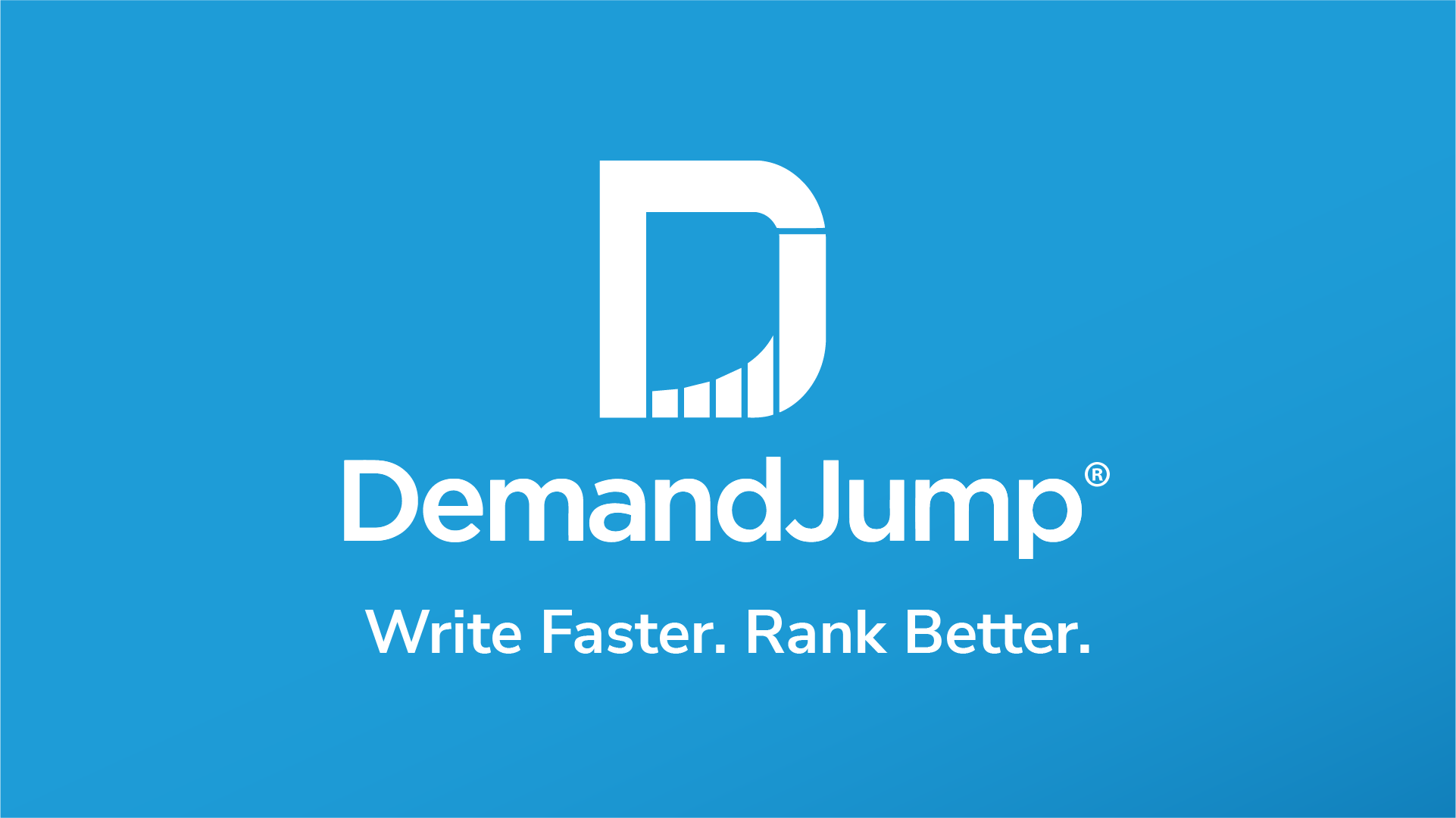See Insights in Action
By embracing DemandJump's approach to SEO, we have been able to increase our organic rankings within just 2 weeks of implementing recommendations. This helped us see a 22% increase in organic search month-over-month.
Robert Jacko Vice President Digital Marketing @ Homage
DemandJump has become a crucial extension of our marketing team, providing game changing insights to fuel and propel all aspects of our digital marketing efforts. The DemandJump platform is a must have, we are seriously impressed.
Tim Lavinder Director of Ecommerce @ Hotsox
We used to spend hours looking for insights in dozens of tools and reports. Now we log into one place to find out what customers are doing and how to meet them where it matters most.
Zach Roop Digital Marketing Manager @ Dometic
We use DemandJump recommendations as our digital to-do list. We love going in and seeing the recommendations and knowing what to do next.
JoLynda Wilson Marketing Director @ IWC
Trusted by Brands Around the World
Consumer Insights
Find out what your target audience cares about for any category, product, or topic, with the click of a button.
Know What to Write About
Eliminate the guesswork and align your content strategy to actual user behavior.
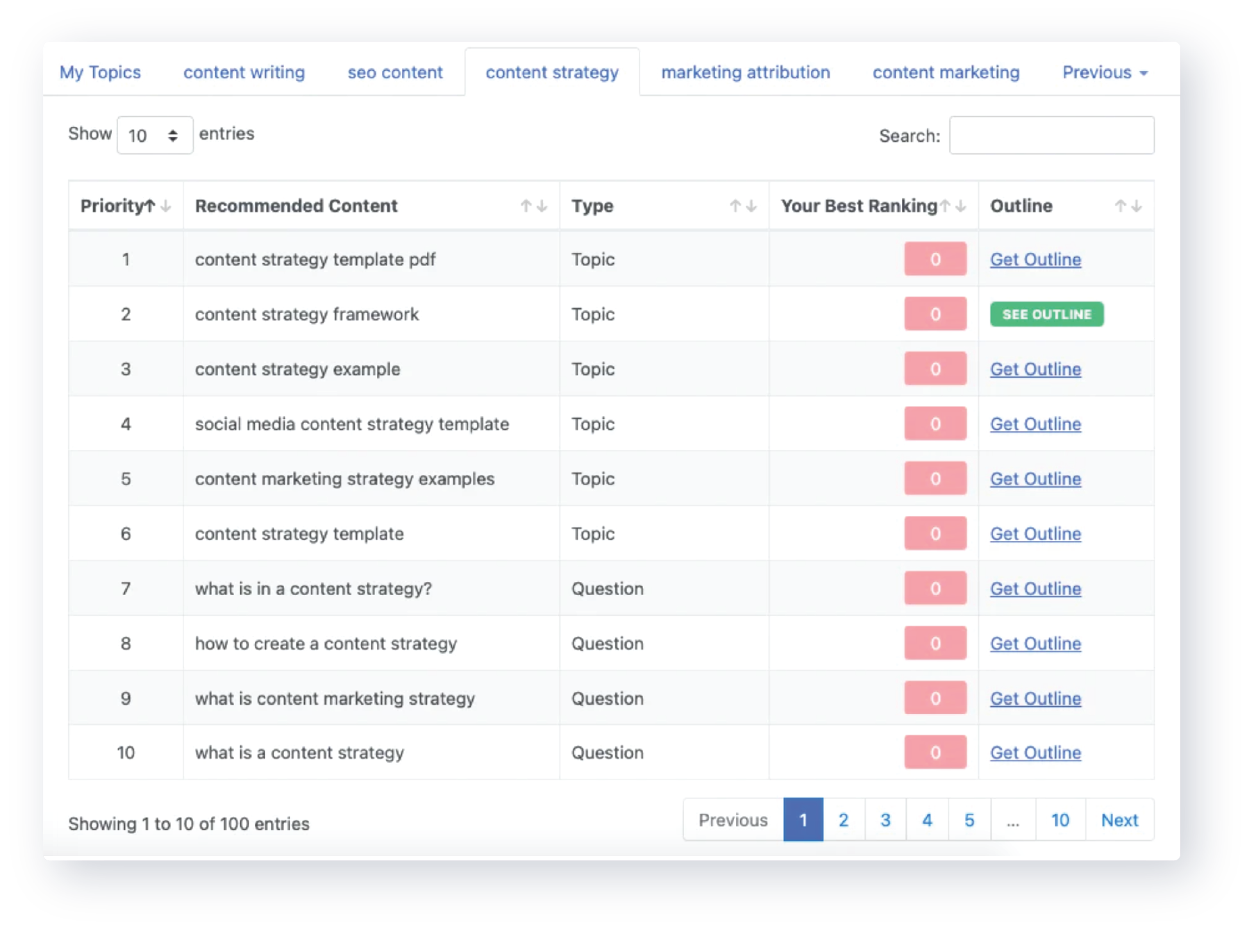
Know Which Keywords Matter
Get a prioritized list of the exact keywords that matter for your audience.
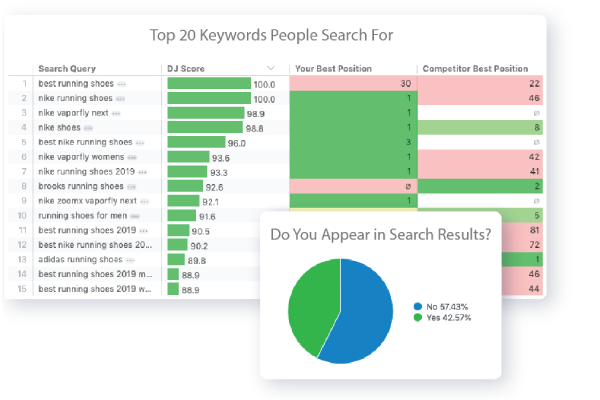
Automatic Customer Journey Map
Automated customer journey mapping tells you the keywords, questions, websites and videos your audience consumes for each stage of the buying process.
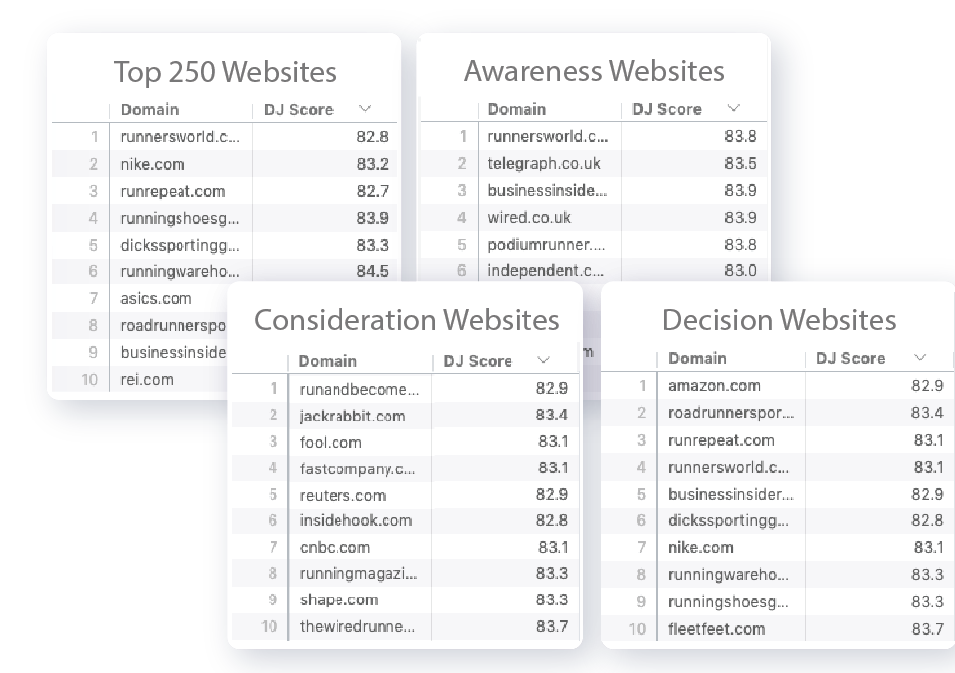
Get Free Consumer Insights Now
Understanding your customer's journey can be hard. Just watch this video to see how two individuals could have completely different paths to get to the same purchase.
It can be pretty daunting to try to understand all the searches made, websites visited, videos watched, and content consumed that ultimately influenced a purchase decision. That's why DemandJump automated this analysis for you - around any topic. With DemandJump's Customer Journey Map, you see all of this - for each stage of the funnel.
Customer journey mapping offers a unique tool to inform your marketing reach and knowledge about your audience. It works the same way a geographic map does — it gives you a visual picture of the route your customer takes in your sales funnel. The reason this works so well is that it helps you to understand what influences your audience to action and why they arrive at the points they do.
If you're only paying attention to conversion, it's difficult to see all the many contact points your customer had with your brand that influenced their final decision to buy. By using a customer journey map, you can see the contact points that different customers make throughout their journey. This provides a wealth of information that can influence the way that you tailor your message and what you know about your customer.
Understanding the Customer Journey
Customer journey marketing is a way to personalize the message to your customer, no matter where in your sales funnel they are. When we talk about the customer journey, it's a way to describe the different contact points your customer has with your brand. Ideally, you're looking for all of the ways they interact with your brand from the first contact through conversion. Really, though, the journey doesn't always lead to conversion. There are marketing lessons to learn regardless of where your audience goes in the funnel.
The idea of mapping the whole journey can sound daunting. When you think about it, there are so many ways for a customer to have contact with your brand. They can interact with your brand on social media, see print ads, view commercials, and of course they can interact through the online customer journey. Developing a customer journey map doesn't need to be that complicated. You won't capture every single contact point. But you can capture a great deal of information, which will still help you understand how your customers make decisions about your brand.
The customer journey stages are broken down into five distinct phases. These represent different points of contact and are laid out in a linear order, but the truth is that people don't always follow that exact path. You may find people who promote your brand without actually converting to sales. You may also find people who are loyal customers that don't offer any advocacy. There are variables to how each individual interacts with your brand online and in the real world.
Evaluating the customer journey can be an interesting and informative process. Your preconceived notions of why a persona acts and reacts the way they do won't always play out in practice. This is why it's important to gather information on each step of the journey and to evaluate the data at your disposal.
If you don’t have a market intelligence platform like DemandJump, the best way to evaluate your customer journey is by asking the customer. This information might come in the form of questionnaires, surveys, and in depth interviews. You should also evaluate the analytics involved in your customer journey. The amount of time customers spend on your pages, the actions they take from one web page to another, and their path to your website can all inform the way you focus your customer outreach. For instance, if you get a high rate of conversion from customers who come to your landing page from an email campaign, you know the message and outreach methods there are hitting that target market.
The Five Customer Journey Stages
The customer journey can be broken into stages. By recognizing which stage in the journey your customer is in, you can tailor the messaging specifically for their needs. Some customers will move through those stages in a linear line. In other cases, they may skip steps altogether or move back and forth through the stages.
There are five customer journey stages:
- Awareness
- Consideration
- Decision Making
- Retention
- Advocacy

In the awareness stage, customers are simply hearing about your brand or learning about it. This stage can be any part of the beginning of your sales funnel and some customers will never move past the awareness phase. The awareness stage might include interacting with your brand on social media or seeing print ads. In this stage, the brand builds name recognition with that customer. They may not need or want the service or products at that time but the awareness stage sets the scene for them to think of your brand when they are in the market for your offerings.

The awareness stage is often referenced as the most important stage. This makes absolute sense because a bad impression here will often eliminate you from engaging that customer any further. This portion of your marketing effort needs to be about building loyalty and offering value. Companies often develop value packed marketing initiatives for this stage, such as webinars, free offerings, eBooks, and Case Studies.

The consideration stage is the second stage of the journey. This customer is actively looking for something you offer or has become interested in something that you offer and are weighing the options. There may be specific things they are looking for when they are in this stage. For example, they may be looking for a better product than one they use or better service. They may also be considering the price.
This is the point in the journey where your customer may make contact to learn more about your products. Customer service is highly prized here and can mean the difference between a new customer and a negative review.

The decision making stage is where your customer will finalize purchase or opt out of the funnel. This is still a stage in the journey where you should be nurturing the lead. Even if the customer opts not to convert, you should realize that many customers will look into products several times before finally purchasing. Ideally, you're looking for conversion at this stage. Even if the customer does complete the purchase, their journey is not over.

The retention phase is exceptionally important and sometimes missed by companies. Your best customers are your return customers. These are the people who routinely buy from you and will often recommend your services. Word of mouth marketing is far more effective than other types of marketing, so you do want to cultivate this aspect of retention when possible. Ideally, you need to maintain a strong line of communication and find ways to reward loyal customers.

The advocacy phase is when the customer is so pleased with your service that they leave stellar reviews, mention you in social media, and otherwise promote your business. For these customers, making the recommendation for a company they believe in is also beneficial. People want to make good recommendations to their friends and business colleagues. They get credit for a wonderful find and you get new business. This is a win-win scenario.
Not every customer will become an advocate, no matter how stellar your service is. However, using great customer service techniques and the highest quality products can help you encourage more advocacy.
Customer Journey Map Template
Analyzing behavior from disparate sources, surveys, and customer interviews to manually create a consumer journey map can be a daunting and tedious process. That’s why DemandJump automated it for you. Instead of guessing what consumers are doing at each stage in the funnel, with DemandJump, you see what consumers are searching, what questions they’re asking, what videos, websites, and content they’re consuming at each stage of the buyer journey - as well as how well you’re meeting them where they are.
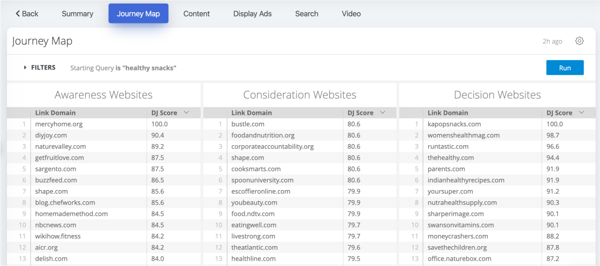
Decision Making and the Consumer Journey Funnel
The consumer journey funnel is the way that your marketing efforts direct customers through the consumer journey. As we mentioned above, there are different stages in the consumer journey, from awareness through advocacy. The main goal is often in marketing effectively to the consumer decision making process. That is not the only goal in building the funnel but most of your objectives will inform the decision making process, as well, so it's something to keep in consideration.
Building a comprehensive sales funnel often uses equal parts psychology and marketing technique. The whole process of building personas and targeting a key market relies on understanding your customer on a deep level. Analyzing their actions through the funnel is a way to map their journey. This tells you whether your current marketing initiatives are working well, or if they are missing the target audience. This information also helps you to build better service and improve products according to your customer needs.
The consumer decision journey can be improved with motivational marketing techniques devised for that individual customer. For instance, if the service is a solution to a problem, fear or focus on their pain points can help to motivate the customer to look seriously at the solution. If the customer is looking for pleasure or beauty, the motivation would be something that speaks to the positive attributes of your brand in those areas.
The decision making process is often informed by other parts of your sales funnel. For instance, the value-based material that you provided in the beginning of the funnel will often still be important for the final conversion. Clients who have become advocates can also influence this portion of the journey for new prospective customers.
Customer Journey Research
The journey mapping process is a tool that can help you better understand the customer journey. More accurately, a customer journey map example might show you various possible scenarios for your customer. Not every audience member will behave the same way. Often you can analyze the information gathered from their contact with your brand to determine changes you need to make in your outreach.
Your customer journey research is an ongoing process, just like your marketing efforts continue to evolve. Your map will include all the touch points, or places where your consumer makes contact with your brand. From your analytics you can tell a great deal. For instance, you can see how much time customers spend on marketing collateral created for the awareness phase. You can also see how many times a customer has repeated contact with your brand before purchasing. All of this information can help you determine the best way to nurture relationships to move customers further into your funnel.
The customer journey map is an important aspect of your marketing strategy because you simply can't guess at what your customer needs at each phase in the journey. People have tried that approach, of course. But your own perspective is not going to be accurate to the customer's. In order to offer them the value they need, you need to understand their motivations.
Creating a Journey Map
One thing that stops companies from customer journey mapping is that they think the process must be far too complicated. You already have a great deal of the analytics at your disposal, especially if you're doing a lot of your marketing online. Since you're already gathering this data, you may as well use it in a way that offers better conversion rates.
We'll give you an easy-to-follow guideline that works for most businesses. You can also find customer journey mapping tools that can walk you through the process step by step or help with certain aspects of developing your user journey map.
There are seven basic steps to create a customer journey map. You should realize that this is an ongoing process. You should view customer journey mapping the same way that you view launching a campaign. You do your marketing and persona research, choose your platform, launch your campaign, and analyze the data. It's in reviewing the analytics that you make changes to your campaign or process. The same will apply to mapping. Your reporting will inform the way you change your funnel or marketing efforts.
The seven steps to customer journey mapping:
- Research. In the first step, you want to collect all of the relevant data you have on your current and prospective customers. This may also include information you have on competitors or market positioning.
- Build Your Personas. The second step is to create your personas. These should be fully fleshed out people and you need to fully recognize their motivations, pain points, and goals.
- Define the Stages of your Customer Journey. This part of the process is where you use your current analytics and your customer persona to give yourself an overall view of the customer journey.
- In Depth Customer Psychology. This is where you define your customer's thoughts and needs. You define their individual journey here, showcasing where in their journey they would be making the decisions and which part of the journey informs other actions.
- Highlight Your Successes and Failings. This part of the mapping process is integral. You need to look at which part of the customer journey you've exceeded and which part loses your customers. Finding these points will inform how to improve your funnel.
- Make a Detailed List of Changes. Once you've analyzed all of the information and pinpointed positive and negative aspects of your customer journey, you need to create your strategy to improve it.
- Execute and Revise. The journey map is a living thing. You need to keep revising your process as new information becomes available.
Customer Experience
Customer journey mapping can help you visualize the way that your audience reacts to your brand and how engaged they are in your sales funnel. Ideally, you're always looking at how to improve customer experience to meet their needs or fix their pain points. The importance of customer experience cannot be overstated.
A positive customer experience will lead them further down the sales funnel, convert them to customers, and lead them to become advocates. Alternatively, a negative customer experience can be exceptionally damaging in the short and long term.
For your customer journey mapping, the customer experience is largely about determining how your messaging and the content you offer is received and valued. It's also about the use of your online properties and how accessible your customer service is to your prospective consumers. The customer experience also needs to be at the center of your priorities throughout their experience with your brand because it will influence loyalty and return business.
Insights Resources
Consumer InsightsConsumer Behavior
Consumer Behavior for Marketers
Consumer Insights and Analytics
Customer Insight Research Techniques
Customer Journey Map
Pillar Page Content
SEO Content Strategy
Types of Consumer Insights
Other Resources
Channel Optimization
Consumer Behavior
Consumer Insights
Consumer Insights and Analytics
Competitor Analysis Tools
Content Marketing
Content Strategy
Cross-Channel Analytics
Customer Insight Research Techniques
Customer Journey Map
Market Intelligence
Marketing Analytics Techniques
Market Research
Marketing Attribution
Opportunities of Internet Marketing
Types of Consumer Insights




